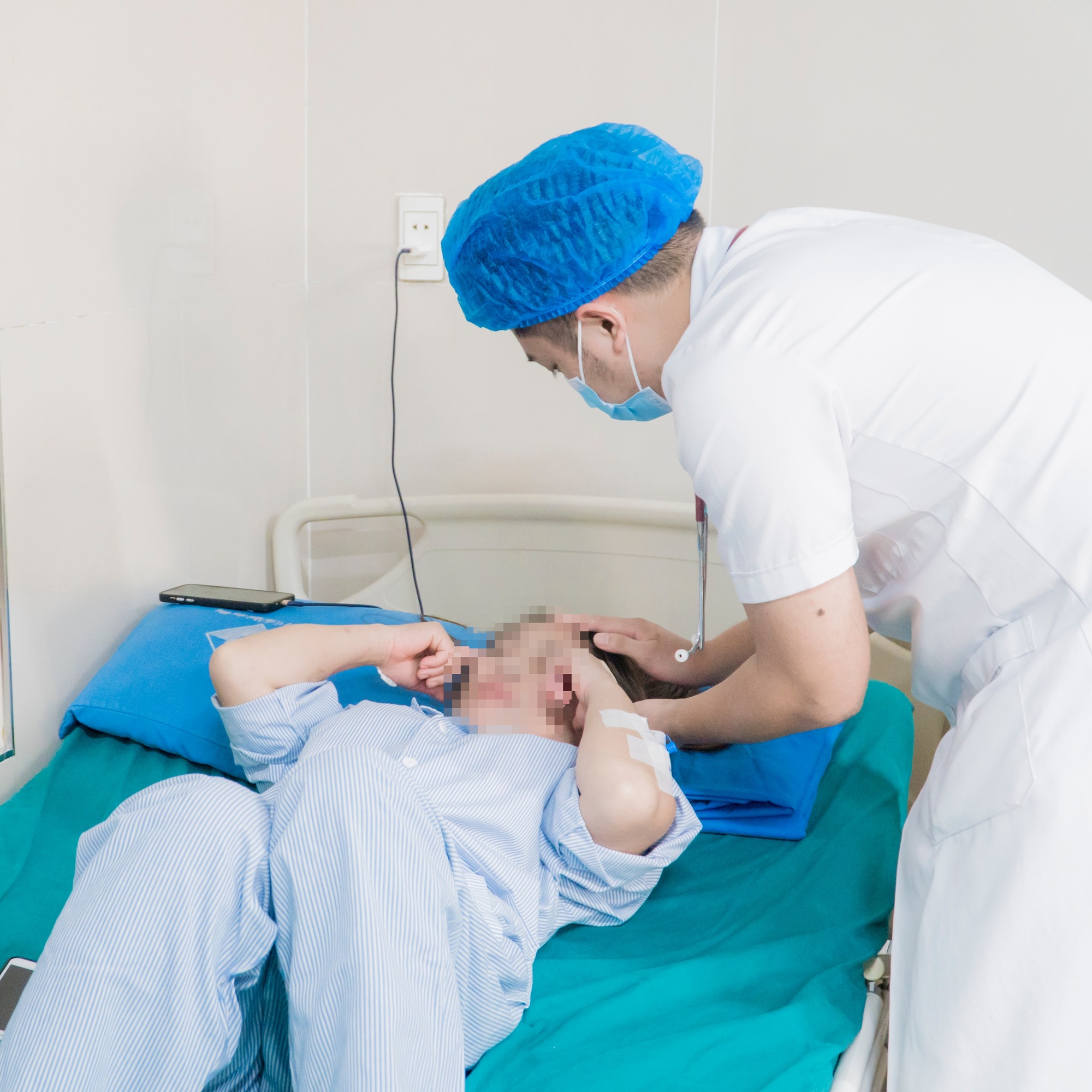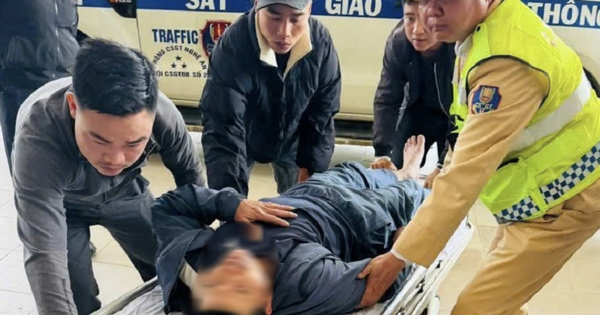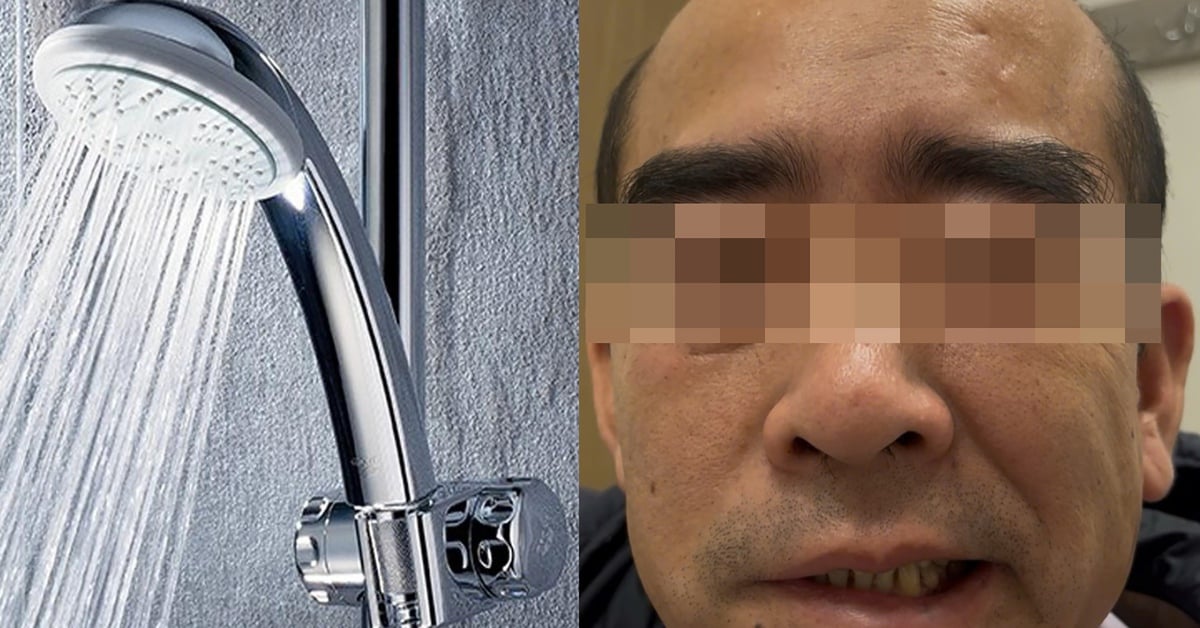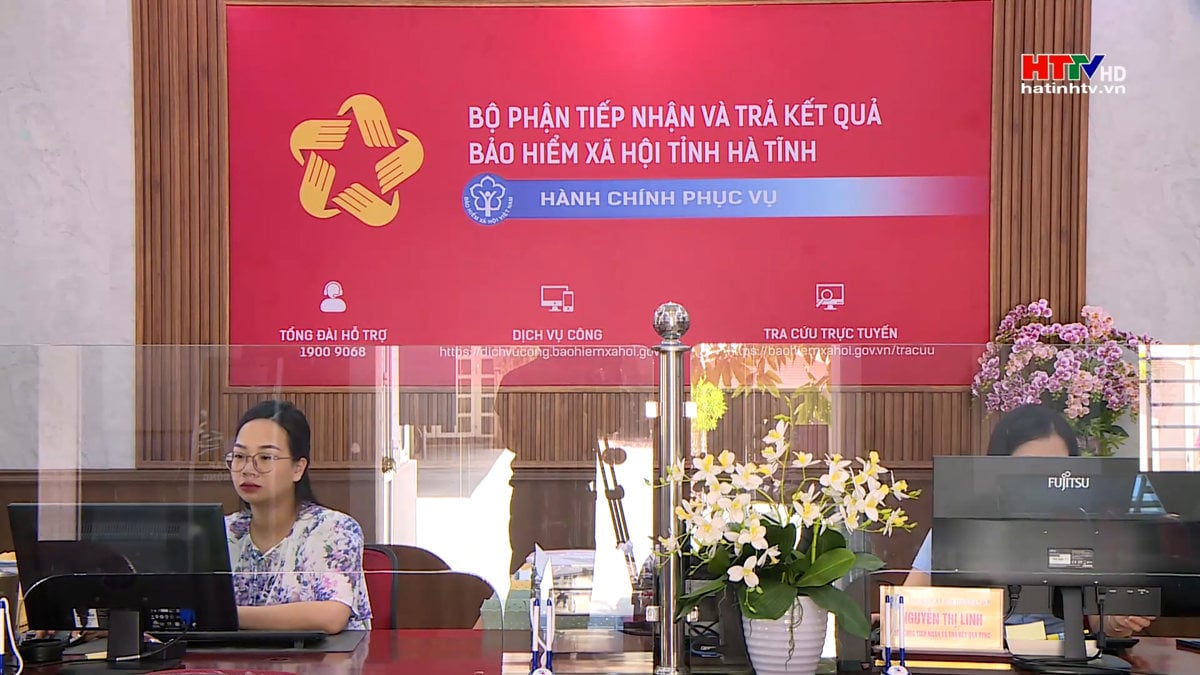On November 9, information from Hung Vuong General Hospital (Phu Tho) said that they had just admitted a patient who suffered a stroke after having a headache.
Accordingly, the 39-year-old female patient was admitted to the hospital with a headache, difficulty speaking, and convulsions. According to her family, 5 days before being admitted to the hospital, the patient had a headache in the forehead and temples on both sides, felt slower than usual, and had an unknown fever. The patient went to the district hospital for examination and was prescribed medication, but her condition improved little.
About an hour before entering the hospital, while hanging clothes, the patient fell to the ground, eyes open, unable to speak, unable to scream. The family immediately called an ambulance to take the patient to the hospital.

Doctor examines patient. Photo: BVCC.
At Hung Vuong General Hospital, through initial clinical and paraclinical examination, the patient was diagnosed with bilateral parietal venous thrombosis and superior sagittal sinus anterior part - Right parietal cortical infarction.
The patient was monitored and treated with a combination of methods to improve neurological symptoms, prevent complications, and prevent the risk of recurrence while continuing to search for the cause of the disease.
Cerebral venous thrombosis is the presence of a blood clot in the dural venous sinus, cerebral veins, or both. This is an uncommon and often unrecognized form of stroke, occurring in about 5/1,000,000 people each year and accounting for 0.5-3% of all strokes. This condition is more common in younger people.
In addition, persistent headache is the most common symptom of cerebral venous thrombosis, occurring in nearly 90% of cases.
Causes of cerebral venous thrombosis include: drugs (oral contraceptives, hormonal regulators, hormone replacement drugs, corticosteroids, etc.); pregnancy/postpartum; pathology (respiratory infections, head and neck infections, anemia); mechanical trauma (head trauma, head and neck interventions).
In addition, some long-term causes of cerebral venous thrombosis are due to hormone replacement therapy for transgender men/women; obesity, anemia; thyroid disease, nephritis, enteritis; autoimmune diseases, malignancy; blood clotting disorders; brain tumors, cerebral arteriovenous fistulas...
Doctors say that cerebral infarction and cerebral venous thrombosis not only occur in the elderly, but are increasingly occurring in young people due to many factors such as stress, sedentary lifestyle, and undetected underlying diseases.
The case of the female patient above is a warning to young people, especially those under 40 years old, not to be subjective with symptoms such as prolonged headaches, sudden severe headaches, unusual slowness or any signs of neurological disorders.
If you see the above signs, you need to quickly go to the hospital for examination to avoid possible bad situations.

































![[Photo] "Beauties" participate in the parade rehearsal at Bien Hoa airport](https://vstatic.vietnam.vn/vietnam/resource/IMAGE/2025/4/11/155502af3384431e918de0e2e585d13a)






























































Comment (0)